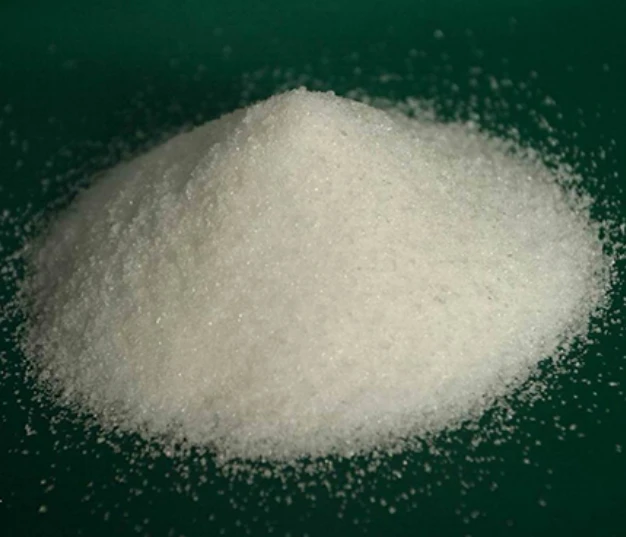what is poly aluminum chloride
What is Poly Aluminum Chloride?
Poly Aluminum Chloride (PAC) is a chemical compound that is widely used in various industrial and environmental applications, particularly in water treatment processes. As a coagulant, PAC plays a vital role in the clarification and purification of water by enabling the removal of suspended particles, organic molecules, and microorganisms. Its effectiveness and versatility make it a popular choice for both municipal and industrial applications.
What is Poly Aluminum Chloride?
One of the primary advantages of PAC over traditional aluminum sulfate (alum) is its efficiency at lower dosages. Due to its higher aluminum content and charge density, PAC can achieve the same or even better coagulation effects with less material, making it a cost-effective solution. Moreover, PAC produces less sludge during the treatment process, which simplifies waste management and disposal. This characteristic is especially beneficial in water treatment facilities, where sludge disposal can be a significant operational challenge.
what is poly aluminum chloride

In addition to its application in water treatment, PAC is utilized in various industries such as paper manufacturing, textiles, and pharmaceuticals. In the paper industry, PAC is employed as a sizing agent and a drainage aid, helping to improve the quality and strength of paper products. In textiles, it is used for dye fixation and as a flocculant in the dyeing process, while in the pharmaceutical sector, its properties are harnessed in drug formulations and as a handling agent.
The use of PAC is not without its challenges and considerations. Safety is an important aspect when handling PAC, as it is classified as a hazardous substance. Proper precautions must be taken to minimize exposure, and guidelines should be followed to ensure its safe use in industrial applications. Additionally, the effectiveness of PAC can be influenced by the chemical properties of the water being treated, such as pH levels and the presence of competing ions. Therefore, careful monitoring and adjustment of treatment processes are essential to achieve optimal results.
Environmental concerns also arise with the use of aluminum-based coagulants. The accumulation of aluminum in the environment can pose risks to aquatic life and human health. As a result, ongoing research and development in the area of sustainable water treatment practices are crucial. Alternatives to PAC and innovations in treatment methodologies are continually being explored to ensure that effective, safe, and environmentally friendly solutions are available.
In conclusion, Poly Aluminum Chloride is a vital chemical used in the treatment of water and in various industrial applications due to its effectiveness as a coagulant. Its ability to enhance flocculation while maintaining lower operational costs makes PAC a preferred choice for many water treatment facilities. However, safety considerations and environmental impacts necessitate careful management and continuous innovation in its use. As industries evolve and environmental standards become more stringent, the development of safer and more sustainable alternatives will play a crucial role in the future of water treatment technologies.
-
2-Phosphonobutane-1,2,4-Tricarboxylic Acid: Scale & CorrosionNewsAug.29,2025
-
Premium Isothiazolinones | Broad-Spectrum Biocidal SolutionsNewsAug.28,2025
-
LK-319 Special Scale And Corrosion Inhibitor For Steel Plants: Advanced Solutions for Industrial Water SystemsNewsAug.22,2025
-
Flocculant Water Treatment: Essential Chemical Solutions for Purification ProcessesNewsAug.22,2025
-
Isothiazolinones: Versatile Microbial Control Agents for Industrial and Consumer ApplicationsNewsAug.22,2025
-
Scale Inhibitor: Key Solutions for Water System Scale PreventionNewsAug.22,2025





